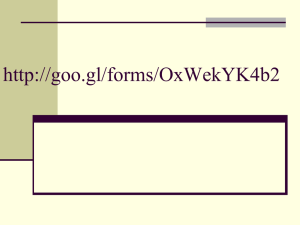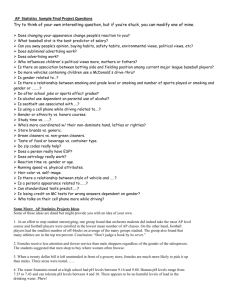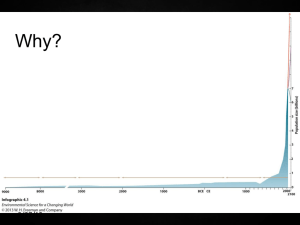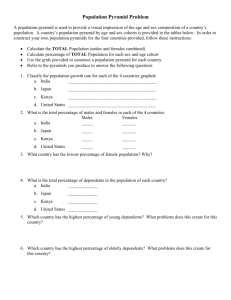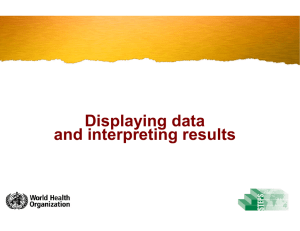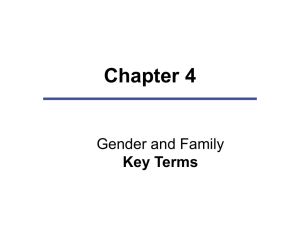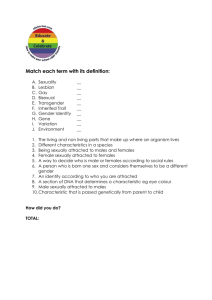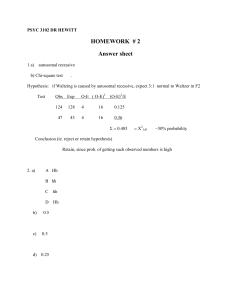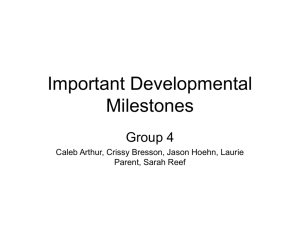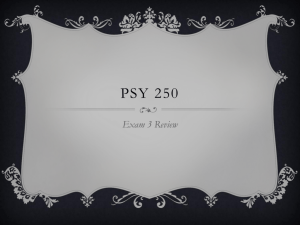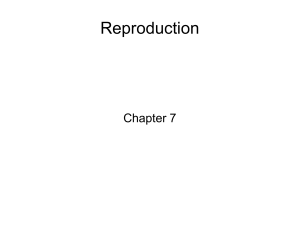Dec. 10 Lab Key
advertisement
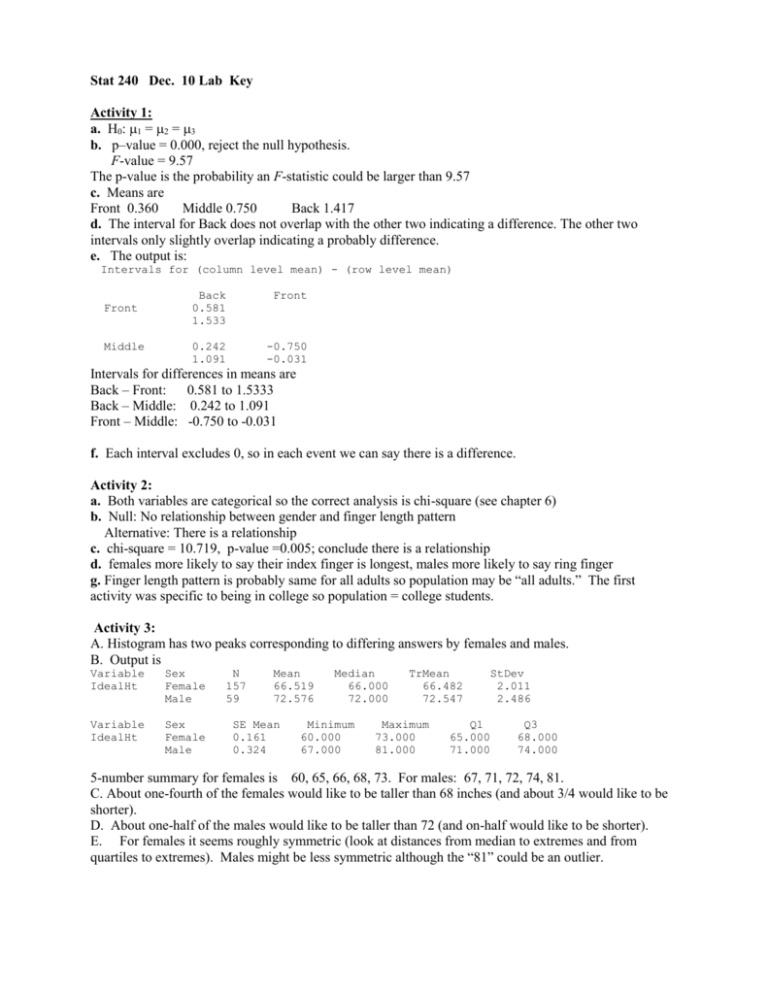
Stat 240 Dec. 10 Lab Key Activity 1: a. H0: 1 = 2 =3 b. p–value = 0.000, reject the null hypothesis. F-value = 9.57 The p-value is the probability an F-statistic could be larger than 9.57 c. Means are Front 0.360 Middle 0.750 Back 1.417 d. The interval for Back does not overlap with the other two indicating a difference. The other two intervals only slightly overlap indicating a probably difference. e. The output is: Intervals for (column level mean) - (row level mean) Front Middle Back 0.581 1.533 Front 0.242 1.091 -0.750 -0.031 Intervals for differences in means are Back – Front: 0.581 to 1.5333 Back – Middle: 0.242 to 1.091 Front – Middle: -0.750 to -0.031 f. Each interval excludes 0, so in each event we can say there is a difference. Activity 2: a. Both variables are categorical so the correct analysis is chi-square (see chapter 6) b. Null: No relationship between gender and finger length pattern Alternative: There is a relationship c. chi-square = 10.719, p-value =0.005; conclude there is a relationship d. females more likely to say their index finger is longest, males more likely to say ring finger g. Finger length pattern is probably same for all adults so population may be “all adults.” The first activity was specific to being in college so population = college students. Activity 3: A. Histogram has two peaks corresponding to differing answers by females and males. B. Output is Variable IdealHt Sex Female Male Variable IdealHt Sex Female Male N 157 59 Mean 66.519 72.576 SE Mean 0.161 0.324 Median 66.000 72.000 Minimum 60.000 67.000 TrMean 66.482 72.547 Maximum 73.000 81.000 Q1 65.000 71.000 StDev 2.011 2.486 Q3 68.000 74.000 5-number summary for females is 60, 65, 66, 68, 73. For males: 67, 71, 72, 74, 81. C. About one-fourth of the females would like to be taller than 68 inches (and about 3/4 would like to be shorter). D. About one-half of the males would like to be taller than 72 (and on-half would like to be shorter). E. For females it seems roughly symmetric (look at distances from median to extremes and from quartiles to extremes). Males might be less symmetric although the “81” could be an outlier.




